It’s Just a Spot, Right?
Let’s get honest… who hasn’t ignored a strange little spot on their skin before? Maybe it’s red, maybe shiny, maybe it just won’t quit—so you think, “I’m busy… I’ll watch it.” We all do it. Life gets in the way, and that weird spot becomes background static. But behind that tiny bump? Sometimes a giant monster is quietly growing. And if you’ve heard about basal cell carcinoma untreated for 2 years, you know it’s not just some distant medical jargon. It’s a real thing that creeps up quietly, and trust me, you don’t want to wait and see what happens next.
So, what makes “just a spot” turn into a nobody-told-me nightmare? Let’s dig into it—no scare tactics, just real talk from someone who’s been on the skin cancer sidelines with a lot of friends and family. Maybe you’re worried about a spot right now. Or maybe you’re just health-curious. Either way, knowing what really happens after years of ignoring a basal cell carcinoma (BCC) might just nudge you—or someone you love—to stop gambling with their skin.
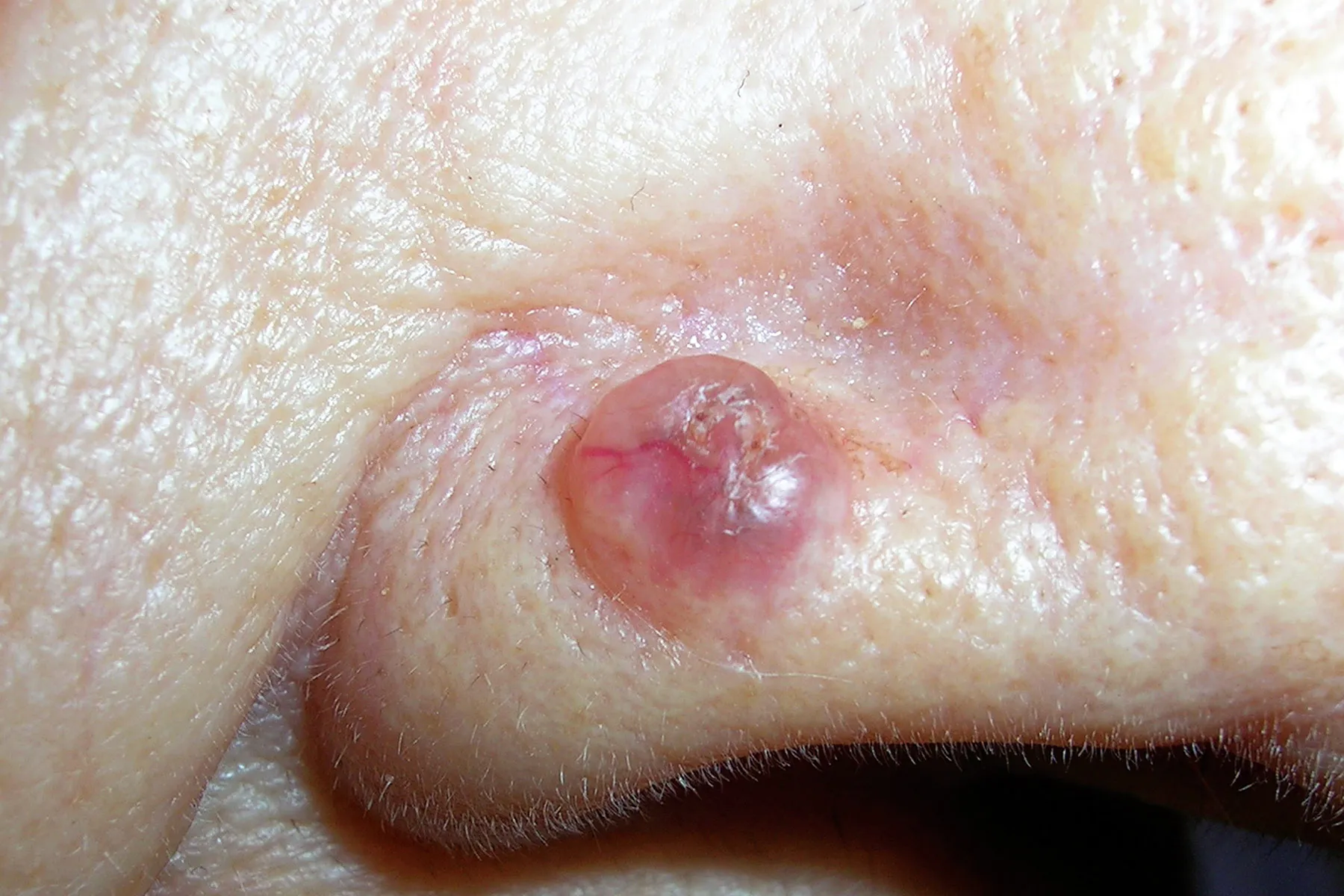
How Does This Even Start?
Is It Really That Bad?
Most BCCs start so quietly, you’d never guess they’re a big deal. They’re the most common skin cancer—by far. Over 80% of skin cancers are basal cell carcinomas. And what really causes them? Sun. No surprise, right? But it’s not just sunburns. It’s years and years of tiny little DNA insults from the sun, or even tanning beds. That’s how BCC slowly sneaks in.
Here’s the sneaky part: BCCs grow slowly. Not the dramatic, racing kind of cancer. More like the “background loading” kind. You see a pearly bump, a pink patch, or a scaly spot. Maybe it bleeds a bit, then sorta heals… then comes back. Easy to ignore, especially if you’re busy or you’ve got other medical stuff happening.
A Quick Story: My Friend’s “Age Spot”
My friend Jamie? He’s a surfer. Always out in the sun, always that classic “I’m fine” attitude. He thought the spot on his cheek was just sun damage from his 20s. It grew for years—honestly, he thought it made him look rugged. Turns out, “rugged” was actually a BCC, and by the time he saw a doc, it needed some pretty gnarly surgery. “I wish I’d checked sooner”—that’s what he said later.
What Does Untreated Really Mean?
Will It Just Stay Little?
Okay, here’s the truth most people don’t want to hear: basal cell carcinoma untreated for 2 years doesn’t usually just “hang out” politely. It might grow super slowly—but it’s kind of relentless. Like a friend who overstays their welcome.
Here’s what gradual growth really means:
- The spot might get wider and deeper—sometimes way bigger than you expect.
- It can start ulcerating (think: crusty, oozing, open sore that doesn’t heal).
- If it’s on your face? It can eat into your nose, eyelid, ear, or lips.
- In really unlucky cases, it keeps going right into the bone or nerves according to this medical dermatology post.
- It can literally destroy the shape of your face—think scars, reconstructive surgery, and lasting change.
Want a little more detail? Here’s a glass-half-empty table:
| Stage | What You See | What’s Really Happening |
|---|---|---|
| Early | Small bump, maybe shiny, maybe pink | Just in the outer skin (epidermis) |
| Year 1-2 | Bigger, maybe ulcerated, red or crusty patch | Spreading deeper, destroying nearby tissue |
| Advanced (2+ years) | Open sore, bleeding, painful, maybe deformed shape (nose/eyelid/ear loss) | Bone/cartilage/nerve involvement; tough repairs ahead |
Curious what this might look like? Take a look at Basal cell carcinoma Stages pictures. Sometimes a real photo is worth a thousand words—and might just get you (or someone you love) to make that appointment.
Can It Really Get Worse?
More Than Skin-Deep: The Surprises
Let me guess what you’re thinking: “But isn’t BCC not that dangerous? Doesn’t it never spread?”
You’re half right. BCCs almost never spread to other organs. The chance of it metastasizing is tiny—way under 1%, according to current research. But that doesn’t mean you can ignore it for years. BCCs get “locally aggressive.” They burrow in, taking out skin, soft tissue, even bone Let’s get honest… who hasn’t ignored a strange little spot on their skin before? Maybe it’s red, maybe shiny, maybe it just won’t quit—so you think, “I’m busy… I’ll watch it.” We all do it. Life gets in the way, and that weird spot becomes background static. But behind that tiny bump? Sometimes a giant monster is quietly growing. And if you’ve heard about basal cell carcinoma untreated for 2 years, you know it’s not just some distant medical jargon. It’s a real thing that creeps up quietly, and trust me, you don’t want to wait and see what happens next. So, what makes “just a spot” turn into a nobody-told-me nightmare? Let’s dig into it—no scare tactics, just real talk from someone who’s been on the skin cancer sidelines with a lot of friends and family. Maybe you’re worried about a spot right now. Or maybe you’re just health-curious. Either way, knowing what really happens after years of ignoring a basal cell carcinoma (BCC) might just nudge you—or someone you love—to stop gambling with their skin. Most BCCs start so quietly, you’d never guess they’re a big deal. They’re the most common skin cancer—by far. Over 80% of skin cancers are basal cell carcinomas. And what really causes them? Sun. No surprise, right? But it’s not just sunburns. It’s years and years of tiny little DNA insults from the sun, or even tanning beds. That’s how BCC slowly sneaks in. Here’s the sneaky part: BCCs grow slowly. Not the dramatic, racing kind of cancer. More like the “background loading” kind. You see a pearly bump, a pink patch, or a scaly spot. Maybe it bleeds a bit, then sorta heals… then comes back. Easy to ignore, especially if you’re busy or you’ve got other medical stuff happening. My friend Jamie? He’s a surfer. Always out in the sun, always that classic “I’m fine” attitude. He thought the spot on his cheek was just sun damage from his 20s. It grew for years—honestly, he thought it made him look rugged. Turns out, “rugged” was actually a BCC, and by the time he saw a doc, it needed some pretty gnarly surgery. “I wish I’d checked sooner”—that’s what he said later. Okay, here’s the truth most people don’t want to hear: basal cell carcinoma untreated for 2 years doesn’t usually just “hang out” politely. It might grow super slowly—but it’s kind of relentless. Like a friend who overstays their welcome. Here’s what gradual growth really means: Want a little more detail? Here’s a glass-half-empty table:
It’s Just a Spot, Right?
How Does This Even Start?
Is It Really That Bad?
A Quick Story: My Friend’s “Age Spot”
What Does Untreated Really Mean?
Will It Just Stay Little?
| Stage | What You See | What’s Really Happening |
|---|---|---|
| Early | Small bump, maybe shiny, maybe pink | Just in the outer skin (epidermis) |
| Year 1-2 | Bigger, maybe ulcerated, red or crusty patch | Spreading deeper, destroying nearby tissue |
| Advanced (2+ years) | Open sore, bleeding, painful, maybe deformed shape (nose/eyelid/ear loss) | Bone/cartilage/nerve involvement; tough repairs ahead |
Curious what this might look like? Take a look at Basal cell carcinoma Stages pictures. Sometimes a real photo is worth a thousand words—and might just get you (or someone you love) to make that appointment.
Can It Really Get Worse?
More Than Skin-Deep: The Surprises
Let me guess what you’re thinking: “But isn’t BCC not that dangerous? Doesn’t it never spread?”
You’re half right. BCCs almost never spread to other organs. The chance of it metastasizing is tiny—way under 1%, according to current research. But that doesn’t mean you can ignore it for years. BCCs get “locally aggressive.” They burrow in, taking out skin, soft tissue, even bone as noted by skin cancer clinics. One wild case even had a misdiagnosed BCC drag on for 20 years—it ate through tissue, mimicked a scar, wasn’t fatal… but the facial reconstruction? That was life-changing.
Even just 2 years untreated is enough for some serious surgeries and a much bigger scar (and a longer recovery). If it’s near an eye, you might lose vision. If it’s near your mouth, eating and talking could get tricky.
A Messy Example: What Happened to Nick
Another real one: Nick worked outdoors for decades, thought the sore on his ear was a “pimple” that wouldn’t quit. By year two—yep, he waited that long—it was bleeding anytime he slept on it. His dermatologist said it might have reached the cartilage. Treatment involved more than just a quick scrape: it took surgery, a skin graft, and weeks of dressing changes. Nick’s quote afterwards: “Wish I’d been less stubborn.”
Spotting Those Red Flags
What Should You Watch For?
Honestly, if you walk away with just one thing… let it be this: if you have a spot that doesn’t heal in a few weeks, get it checked. Period. Easier to treat early—and way less scary. Here’s what to keep an eye out for (especially after a couple years):
- Open sore that just stays open—maybe it oozes or crusts over
- Pearly or shiny bump, pink or white, that just lingers
- Red or irritated patch, not going anywhere
- New growth with visible blood vessels
- Scarlike area that feels tight or different from the rest of your skin
Looking for real images? Sometimes that drives the point home. Check out the photo gallery at Basal cell carcinoma Stages pictures—because spotting the difference early is half the battle.
What About Treatment—Too Late?
Is There Still Hope After Years?
Here’s the hopeful part: even after two years, all is not lost. The treatment might be a bit more involved, but it’s far, far better than “just living with it.” For most people, dermatologists recommend something called Mohs surgery. Sounds intense, but honestly it’s a game-changer: they take off the cancer a thin layer at a time, looking closely under a microscope each time, so they take the least healthy tissue possible and leave as much good skin as they can.
Mohs works especially well for bigger or trickier spots—like on your face. Cure rates are sky-high (90–99%!). Other options include radiation (for those who can’t have surgery) or special creams for surface-level BCCs.
Don’t wait until you have something that needs reconstructive surgery. The earlier, the easier. And the less time off work or away from hobbies, too.
Personal Share: Recovery Isn’t That Bad
When Jamie (yes, the “rugged” surfer) finally had his BCC cut out, it left a scar. But after a year, nobody even noticed. And every summer since, he’s been the sunscreen poster boy—better late than never.
How Can You Protect Yourself?
Easy Steps: You Know These!
You know the drill… but sometimes hearing it from a friend makes it stick. Here’s what’s actually proven to keep your skin safe (and to lower the number of times you have to nervously Google “basal cell carcinoma untreated for 2 years”):
- SPF 30 (minimum!) every day you’re outdoors—clouds or shine
- Avoid sun at peak hours (10 am to 2 pm)
- Cover up—hats are cool. So are sunglasses.
- Skip the tanning beds. Seriously, it’s not worth it
- Do a “spot check” on your skin every month—set a reminder on your phone
- If you have a family history, be extra nosy about new or changing spots
And if you’ve ever had a BCC, odds are higher you’ll get another. So build a relationship with a dermatologist—think of them as your skin’s GPS. They’ll help monitor for anything suspicious. Plus, regular check-ups are less awkward than showing up with a wound that’s been growing for two years (trust me!).
Waited Too Long? You’re Not Alone.
No Judgement, Just Next Steps
Here’s the honest truth: most people don’t act at the first sign. That’s human. Maybe you’re scared, or tired, or don’t think it’s serious. Life is hectic. But now you know: leaving a basal cell carcinoma untreated for 2 years is a gamble with disfigurement and way more complicated treatment. If you’re on the fence, or have that “nagging” worry… this is your sign. Make the call. Book the check. Bring a friend if you’re nervous.
For more, you can always read into the nitty gritty at basal cell carcinoma untreated for 2 years or dive into the visual side with Basal cell carcinoma Stages pictures—honestly, knowledge makes the next steps less scary.
Wrapping Up: Don’t Wait, Don’t Worry Alone
This isn’t about shaming. It’s about caring—because your skin is constantly working for you! Basal cell carcinoma is slow, yes. But it’s steady, and it’ll quietly turn into a mess you don’t want. Doing nothing for two years? That’s how you trade a tiny fix for a big surgery, maybe a bigger scar, maybe a tough recovery. But… act now, and odds are, you’ll deal with it, heal, and move on.
So, be kind to yourself. Listen to those little red flags. If you, your friends, or your family ever worry about a spot that lingers, doesn’t heal, itches, or just feels weird? Call the doc. Schedule that visit. Your future self (with healthy, happy skin) will send you a high-five. And if you need more courage or info, swing by basal cell carcinoma untreated for 2 years or peek at Basal cell carcinoma Stages pictures. We’re all in this together. You’ve got this.

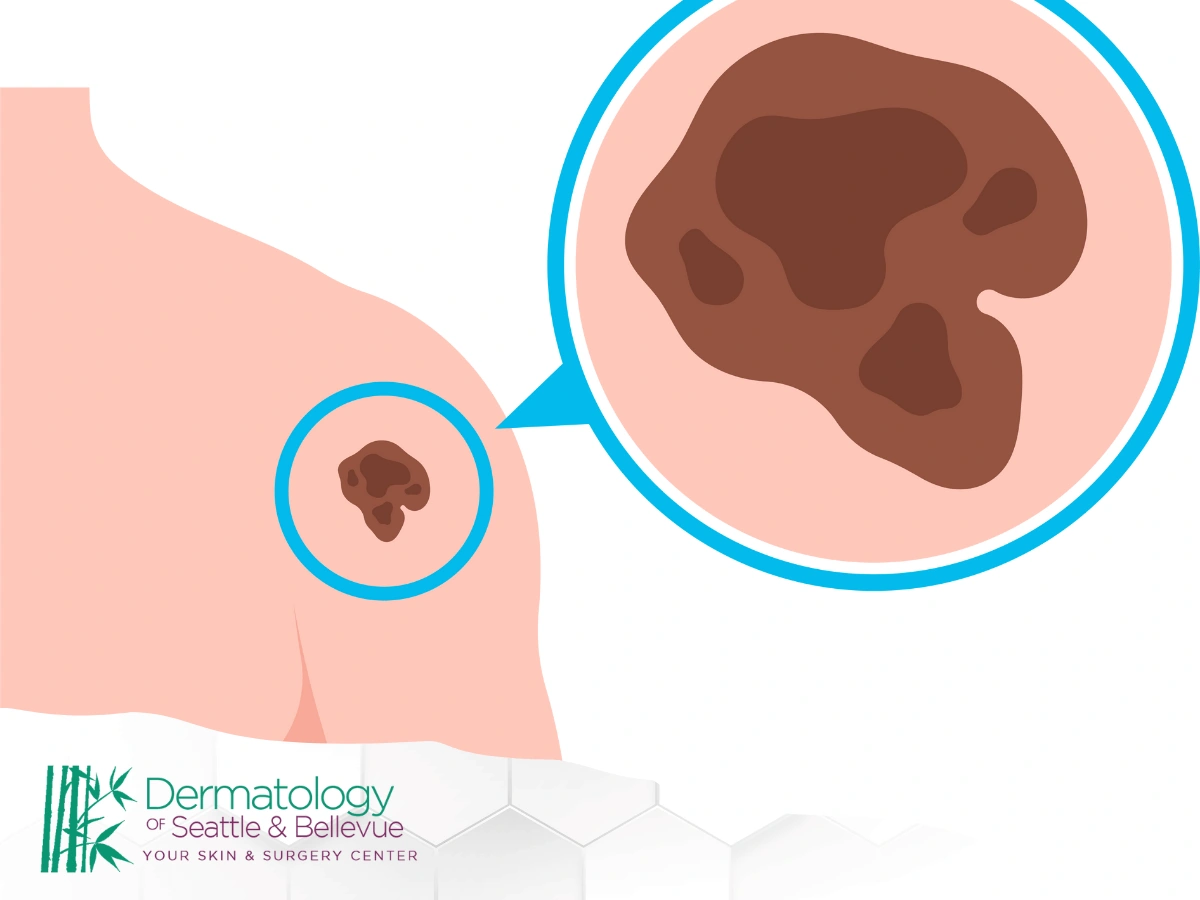

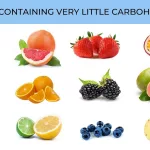











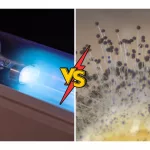
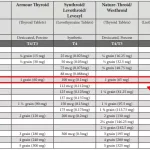

Leave a Reply
You must be logged in to post a comment.